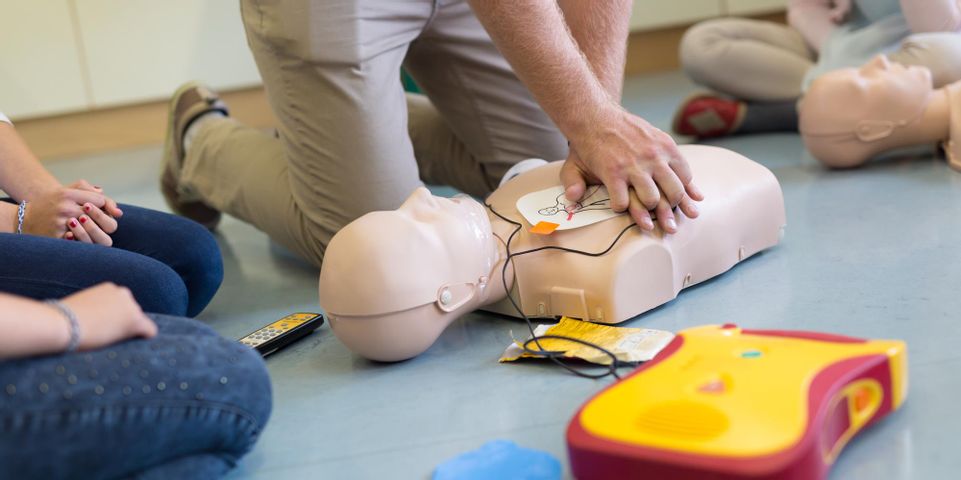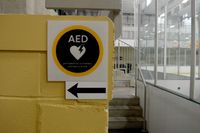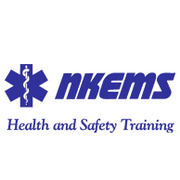5 FAQ About Automated External Defibrillators

When it comes to emergency preparedness, CPR and first aid training is key. As part of this education, it’s essential to receive AED training as well. An AED, or automated external defibrillator, could be life saving in the event of cardiac arrest. This guide will answer some basic questions about AEDs and their function.
Answering Your FAQ About AEDs
How does an AED work?
After the machine’s electrode pads are placed on a person’s body, an AED works by reading their heart rate. If the machine finds a heart rate, it will instruct the user to press a button that delivers a shock to the heart. In situations of cardiac arrest, this is intended to restore the heart to its natural rhythm. In some cases, AED use can increase sudden cardiac survival rates by up to 90%.
When is an AED most effective?
 If someone is unresponsive and CPR is being used, it’s important to use an AED as soon as possible. The sooner a shock is administered, the higher a person’s chances of survival will be. This is an important step while you wait for emergency crews to arrive.
If someone is unresponsive and CPR is being used, it’s important to use an AED as soon as possible. The sooner a shock is administered, the higher a person’s chances of survival will be. This is an important step while you wait for emergency crews to arrive.
How can I learn to use an AED?
The best way to learn proper AED use is to attend a CPR and AED training session. During this training, the instructor will teach you how to recognize a health emergency, how to administer CPR, and how to use an AED. By completing this training, you can be prepared for an emergency health situation no matter where you are.
Can an AED be dangerous?
Some people may be nervous to use an AED, fearing that they will administer a shock unnecessarily and cause harm. However, these machines are designed to only shock a victim’s heart when needed. So, you don’t need to worry about accidentally administering a shock to someone with a normal heart rhythm.
Where should an AED be?
Most offices, schools, stores, shopping centers, sports facilities, gyms, and other public spaces should have an AED. While specific AED laws range by state, most public spaces will have an accessible device in their building. Businesses may give AED training to all or some of their employees to ensure that someone is able to properly use the device.
If you are ready to receive CPR and AED training, Northern KY Emergency Medical Services in the Greater Cincinnati, OH, area has a program for you. With almost 50 years of experience, this non-profit organization has been teaching groups and individuals life-saving techniques. Their NKEMS instructors are health care professionals with emergency service backgrounds, teaching the most up to date techniques. For more information on classes, visit their website or call (859) 572-4511 today.
About the Business
Have a question? Ask the experts!
Send your question

